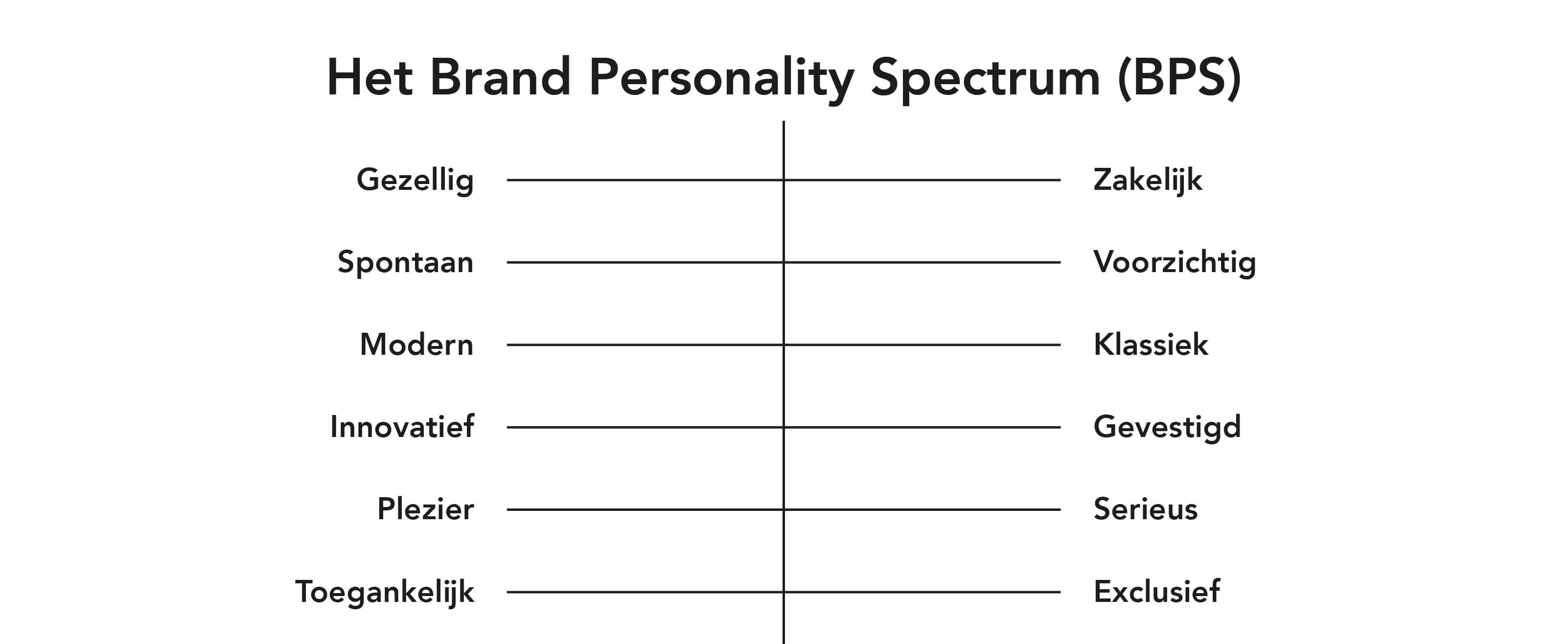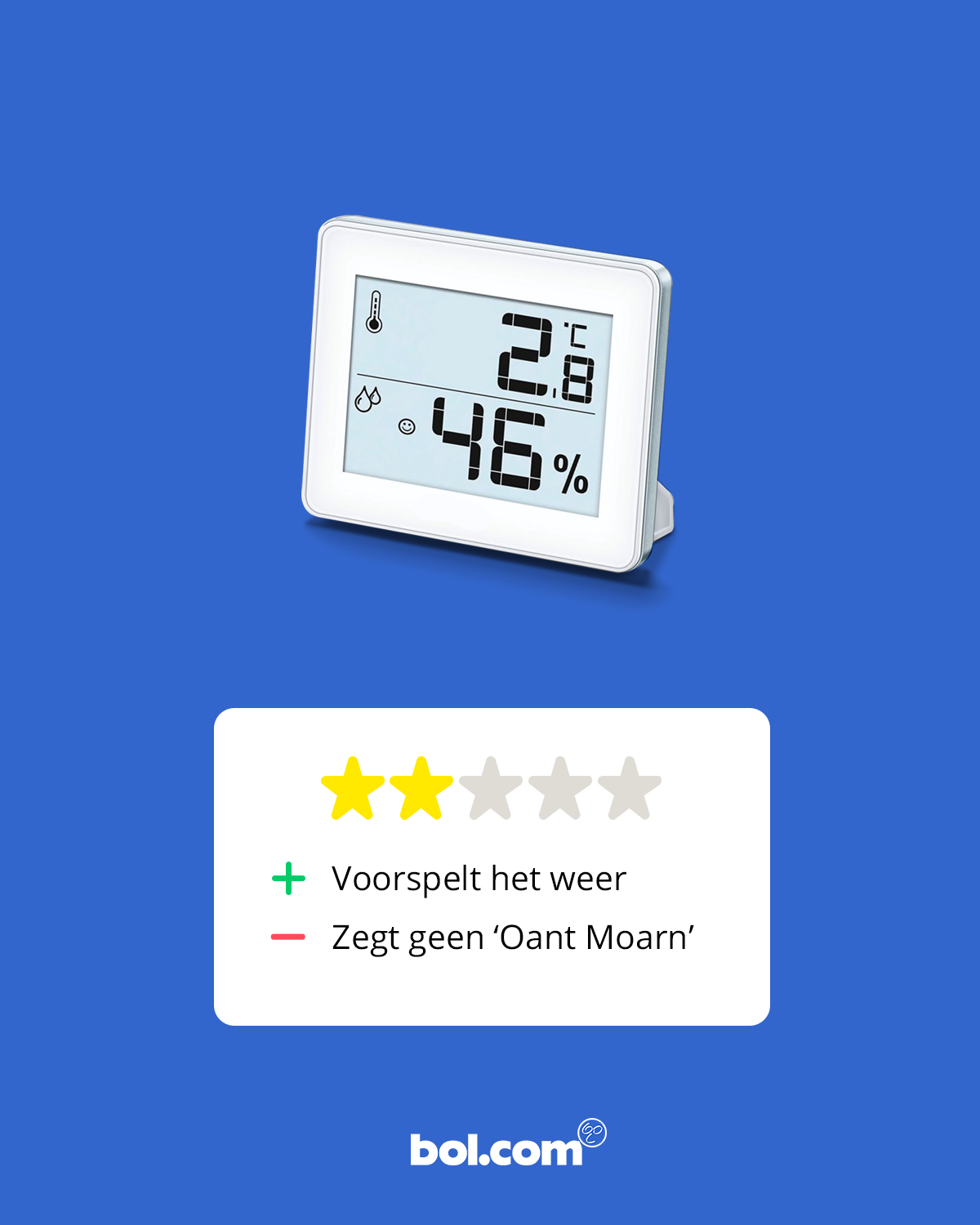Tone of voice: so ehhh.... how dost thou do that?
By Laura Nijhuis
Would your target audience recognize your texts without seeing your company name or logo? And are your posts unique on a shared content feed? That depends on how you communicate with your target audience. The figurative voice of your company; your tone of voice. If you are not sufficiently aware of this, it can cause your target audience to not get a consistent image, or even a negative image of your brand. But how do you tackle that and how do you keep the tone of voice consistent?
Tone & voice
Here's what we first need to realize. Namely, there is a difference between the ‘tone’ and the ‘voice’. The identity of your company determines the voice: this is the voice of the organization. The tone is determined by the goals, channels and target audience. The tone can change per expression, but is ultimately always based on the voice.
The importance of your tone of voice
You stand out - The tone of voice can shape your brand's image. An appropriate tone of voice makes you stand out from your competitors, for example; it is your unique voice. Both spoken and written language, as well as culture and dialect, can be molded to your liking.
The people behind your brand
In addition to forming an image of your company, it is also a good idea to highlight the people behind your brand; the team. After all, it's not just what your company does, but also who carries it out and why. Indeed, the tone of voice expresses which personalities ensure that the company's values and standards are maintained.
Trust and conviction - When your target audience has a sense of who you are and what you stand for, it generates a certain level of trust. This trust can make your target audience more likely to go along with what you tell them, or what you want to convince them of.
Voice: Identity
First of all, it is important to know what your company stands for. There are all kinds of processes that can help you define this. From extensive sessions with post-it notes or coming up with analogies, it can all be done. For some, one method will work better than the other, but ultimately the outcomes will never be far apart in essence.
One method that can be used in determining identity is the Brand
Personality Spectrum (BPS). This describes six different spectrums. It is up to you
to indicate where you want to be as a company along the lines of these spectrums. You should do this
without thinking too much - your first instinct is often the best. Completing a BPS
provides a visual image of the tone of voice you can adopt and is the basis for the tone of
voice of your business.

Tone: Goals
When you write a text, it has a purpose. For example, you want to entertain, inform or activate. The same goes for video’s, pictures’s but also telephone conversations. You adapt the tone accordingly - amusing and informing are done with different tones. Yet at the same time you stick to the identity of the company - whatever your goal is.
Tone: Channels
In addition to different goals, you will also use different channels. These are not just social media like Facebook or LinkedIn. Letters, emails and phone calls are part of this as well. Different audiences are on different channels. Which channels you use is therefore based on the target audience. When your target group is hardly ever on social media, you will use more traditional channels.
When you post something on social media you think about the 'shareability' and reach of a post. When you draft an email for a client you think about that much less - the customer is never the only one reading it. The words you use, the length of the sentences you create and the way you build a story, all exert a certain influence. With that, it also affects the tone.
Tone: Target audience
The target audience is the overarching factor for all components within the tone of voice. This is what you do it for, after all. The steps above are all directly linked to the effect on the target audience. All along, you secretly had the target audience in your head.
When the brand identity matches your own, it is easier to communicate with the target audience. To also paint a picture of the target group, it is useful and wise to create a persona for each segment within the target audience. It gives your target group a face, which will make the communication feel more personal. It gives you an idea of who is buying your product or service. In addition, you can also create a brand persona; a persona from the brand of the company. Possibly you can find a connection between the two, which you can then use to your advantage.
Example: Bol.com

Bol.com is capitalizing on culture and humor on Facebook. By throwing humor into the mix, the online store immediately becomes a lot more accessible and human. In addition, Bol.com ensures that their posts are always in line with current events, keeping them relevant. With almost every post They place ‘a Prominent Content Moment’, in which they offer the best reactions a stage. The name of this stage also rolls off the tongue nicely, which is also considered a plus.
Example: V&D

On Twitter, the tone of voice of the ‘old’ V&D did not come across well. They used different terms to address the customer; one was a 'you', and the other was a 'y'all'. This is a good example of inconsistent use of tone of voice. In addition to a spelling error here and there, it's also not unique. As a result, it is not clear what the tone of voice of the V&D was; did they want to create a super formal or more sociable atmosphere?
Perfecting and retaining
Now that you have this all down on paper, you can start putting the final touches on it. If something doesn't feel quite right, make adjustments. Do this until you are completely satisfied with the tone of voice; after all, it partly determines your company's image. When you establish the right tone, it is important to consistently use it in the same way. The intention, of course, is to convey 1 tone of voice - not 3 or 4.
One way to stick to this tone of voice is to record it in a style guide. By recording it in a document, it can be referred back to. In addition, there you can also find the essence of the tone of voice. In any case, this tone can then be applied by every employee. That way you maintain a good level of consistency and prevent unwanted deviations.
What is your tone of voice?
Do some research to determine, develop and maintain your tone of voice. Choose a form that fits your current style, your values, but don't forget to position yourself in the mind of your target audience. If you were in their place, how would you prefer to be approached and why? So ehhh, tone of voice.... how dost thou do that? Now you know ;)